The HVAC industry's transition to low-GWP refrigerants like R-454B is not just a market trend—it's being driven by sweeping changes in environmental policy and regulatory pressure. Federal and state mandates are accelerating the phase-down of R-410A and other high-global warming potential (GWP) substances, fundamentally reshaping refrigerant supply chains and HVAC equipment production in 2025.
U.S. HFC Phase-Down: The AIM Act’s Impact
The American Innovation and Manufacturing (AIM) Act, passed in 2020, empowers the EPA to reduce hydrofluorocarbon (HFC) production and consumption by 85% by 2036. The EPA’s phasedown schedule has already taken effect, creating steep reductions in the availability of high-GWP refrigerants such as R-410A and R-404A. This has directly increased the demand for next-generation refrigerants, including R-454B.
For full details on the phase-down schedule and allowance allocations, visit the EPA’s AIM Act page.
CARB Regulations and State-Level Action
California’s Air Resources Board (CARB) has gone further by mandating that all new air conditioning equipment sold after 2025 must use refrigerants with a GWP below 750. R-454B, with a GWP of 466, meets these standards and has become the de facto replacement in residential and light commercial applications.
Other states—including New York, Washington, and Colorado—have adopted similar policies through the U.S. Climate Alliance. As a result, HVAC manufacturers must rapidly shift product lines to align with multi-jurisdictional compliance requirements.
For the latest policy developments, CARB’s HVAC refrigerant regulation resources provide a helpful summary.
Supply Chain Challenges from Rapid Regulation
The regulatory acceleration has caught many manufacturers and suppliers off guard. With R-410A allocations being slashed and R-454B adoption scaling up, the supply chain has been strained in several ways:
-
Manufacturing capacity: New tooling and production lines are needed to build R-454B-compatible systems.
-
Component availability: Expansion valves, compressors, and charge ports must be redesigned for A2L refrigerants.
-
Distribution delays: Compliant systems require updated labeling, documentation, and safety measures during transport.
These bottlenecks have led to unpredictable inventory availability and rising prices.
How HVAC Manufacturers Are Responding
To comply with new regulations and meet R-454B demand, leading OEMs like Carrier, Daikin, and Trane are investing heavily in:
-
Retooling production lines
-
Training dealer networks on A2L refrigerant safety
-
Collaborating with regulators to anticipate future changes
According to ACHR News, some manufacturers are prioritizing R-32 systems for international markets while rolling out R-454B units across the U.S. to align with federal mandates.
Implications for Importers and Global Supply Chains
Because R-454B is not yet adopted globally at scale, U.S. importers face challenges when sourcing from international suppliers. European countries are further ahead in adopting R-32, meaning U.S. buyers may find fewer compatible units overseas.
This regulatory mismatch has created shipping backlogs, customs issues, and product reconfiguration costs for importers. It also reinforces the need for more domestic R-454B production capacity.
Safety and Transportation Compliance Requirements
A2L refrigerants like R-454B are classified as mildly flammable. New rules from the Department of Transportation (DOT) and OSHA require:
-
Proper labeling and placarding
-
Fire suppression training
-
Dedicated handling protocols for transportation and warehousing
This has increased costs and complexity across the logistics chain, requiring additional certifications for carriers and warehouse staff.
Helpful guidance on A2L compliance can be found via ASHRAE's official resources.
Looking Ahead: 2026 and Beyond
Industry experts predict that regulatory pressure will continue mounting. The EPA is evaluating additional rulemakings under the AIM Act to require leak detection, service tracking, and end-of-life refrigerant recovery.
By 2026, manufacturers may also be required to implement smart monitoring tools in new equipment to ensure emissions compliance and facilitate rapid reporting.
Conclusion
The R-454B refrigerant shortage is not just a supply issue—it's the result of a complex, evolving regulatory environment. Government mandates are forcing rapid technological change and reshaping how HVAC systems are manufactured, distributed, and serviced.
Contractors, distributors, and homeowners must stay informed and adaptable as new rules and refrigerant technologies take center stage in 2025 and beyond.

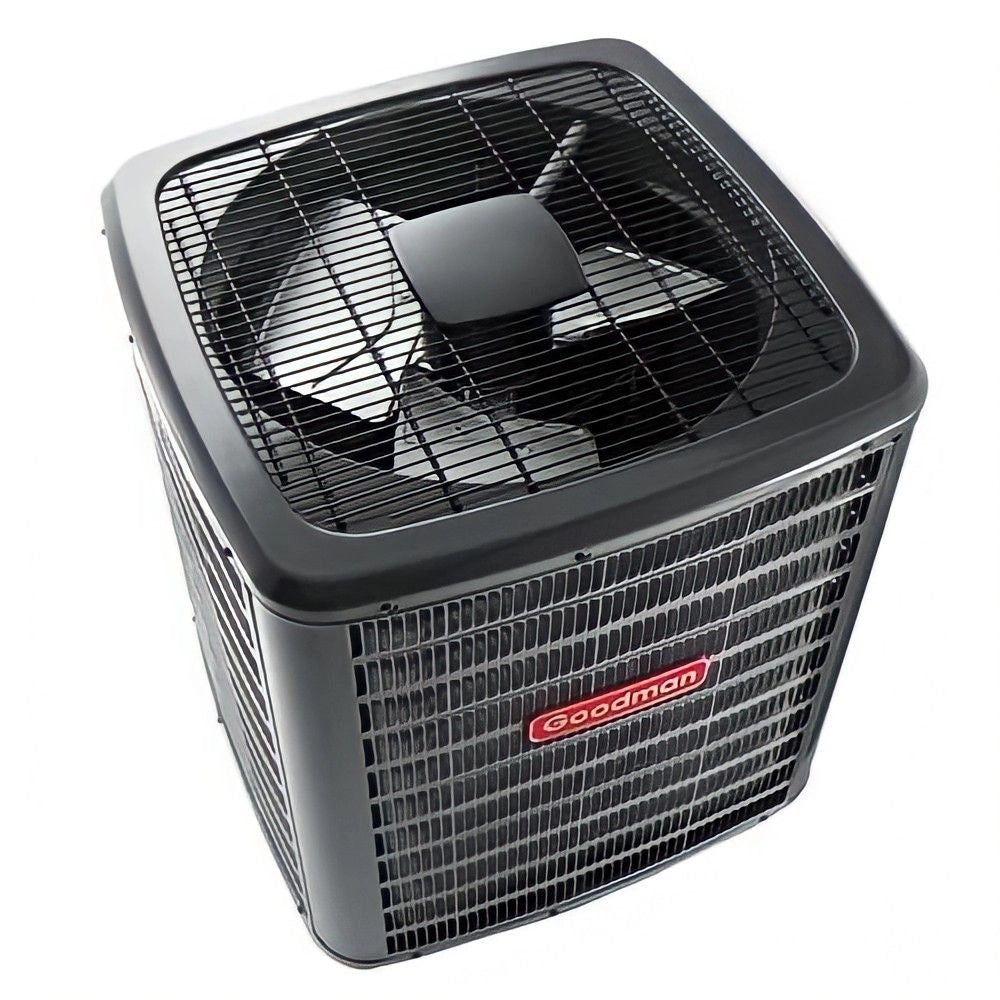
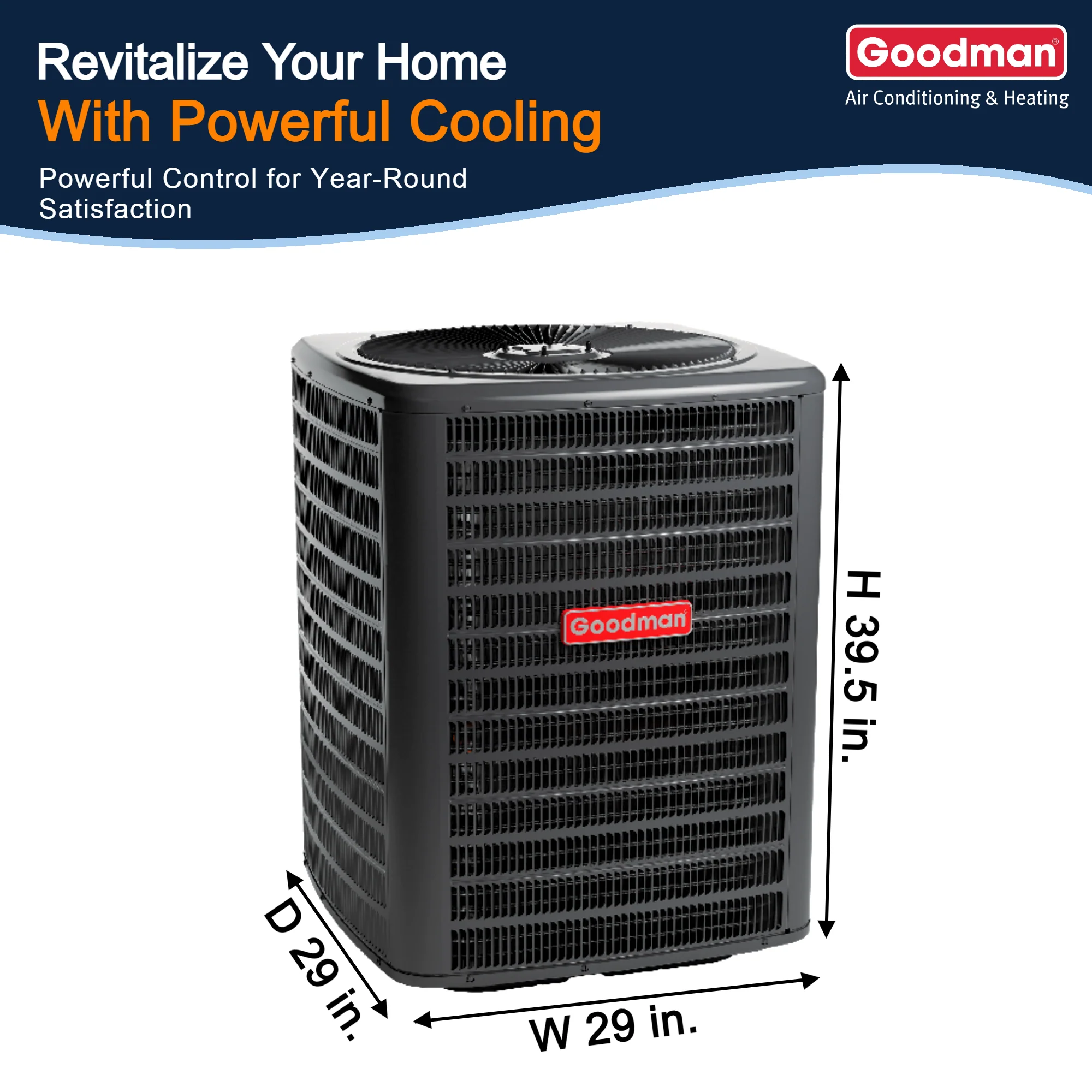
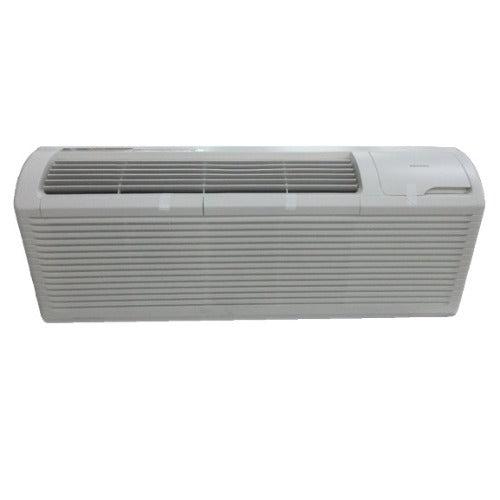
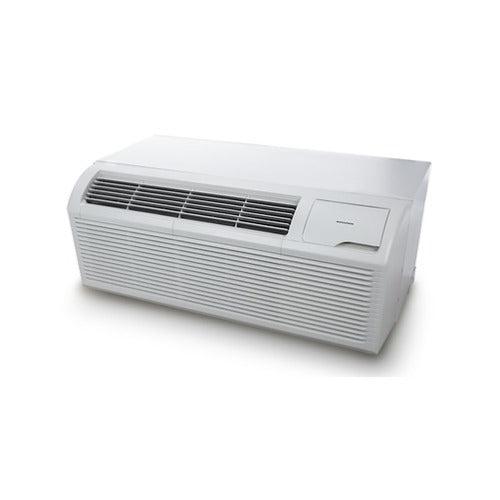
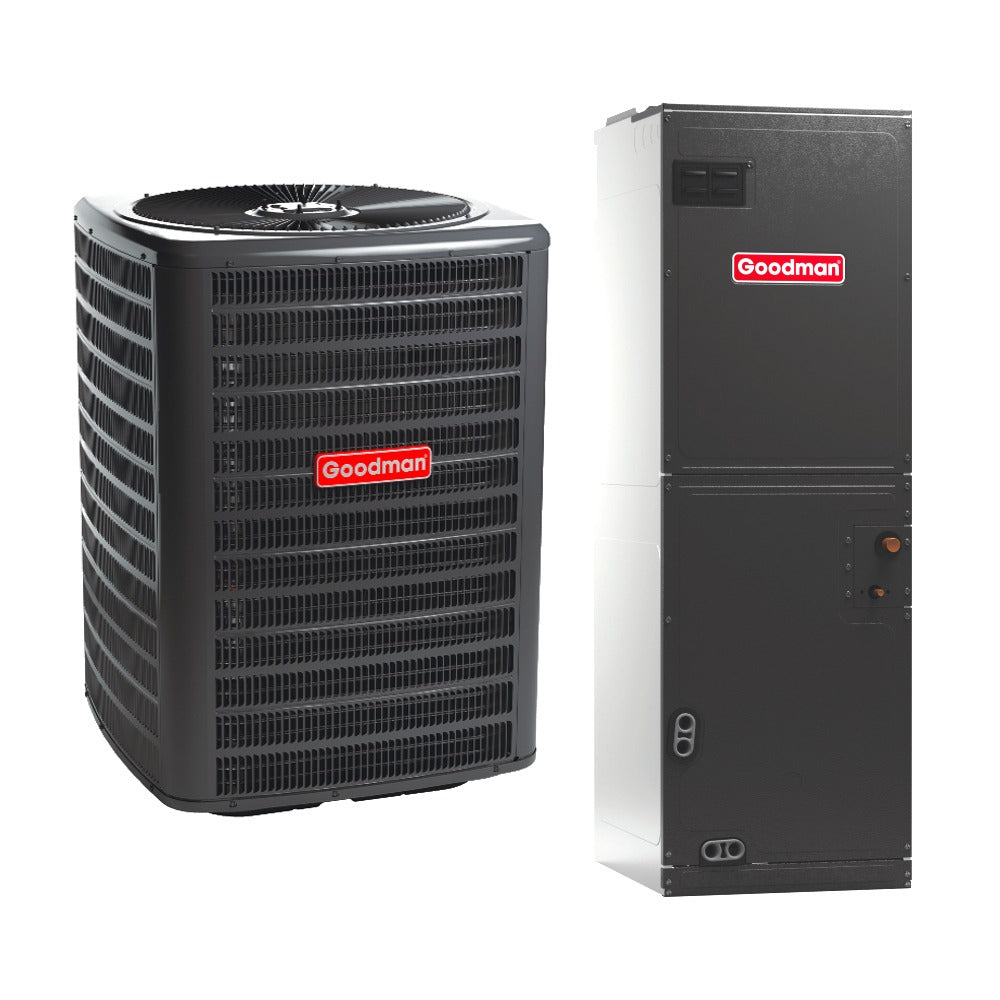
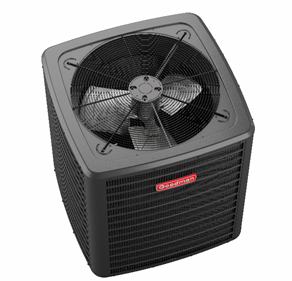
1 comment
tracy
it seems funny. every a/c co. I’ve asked about R-454 says its not dangerous. wood is more flammable. mildly flammable, no real risk at all, and the best one, I dont think there’s anything to worry about. So here it goes, DOT and OSHA are now requiring Proper labels and placards showing the Flammable red triangle picture, fire suppression training, and new dedicated protocols for handling and transport. go to" Arkema " the manufacturer of this fine freon, and look at their GPS safety summary. Store it away from sunlight in well ventilated areas, ensure eye and hand wash and shower stations are close to the work station. I always carry them in my Ford van. Thats for risk management. Their hazard statement clearly states that R-454 is" extremely flammable". And Arkema has a user disclaimer telling us a/c contractors to use it at our" own risk". And Arkema accepts no liability for any damages of any nature resulting from its use. and don’t forget to install that leak sniffer in the evaporator so the furnace wont start when you have a leak. With all this being said, I should now feel better about using R-454 in my 30 year a/c business.